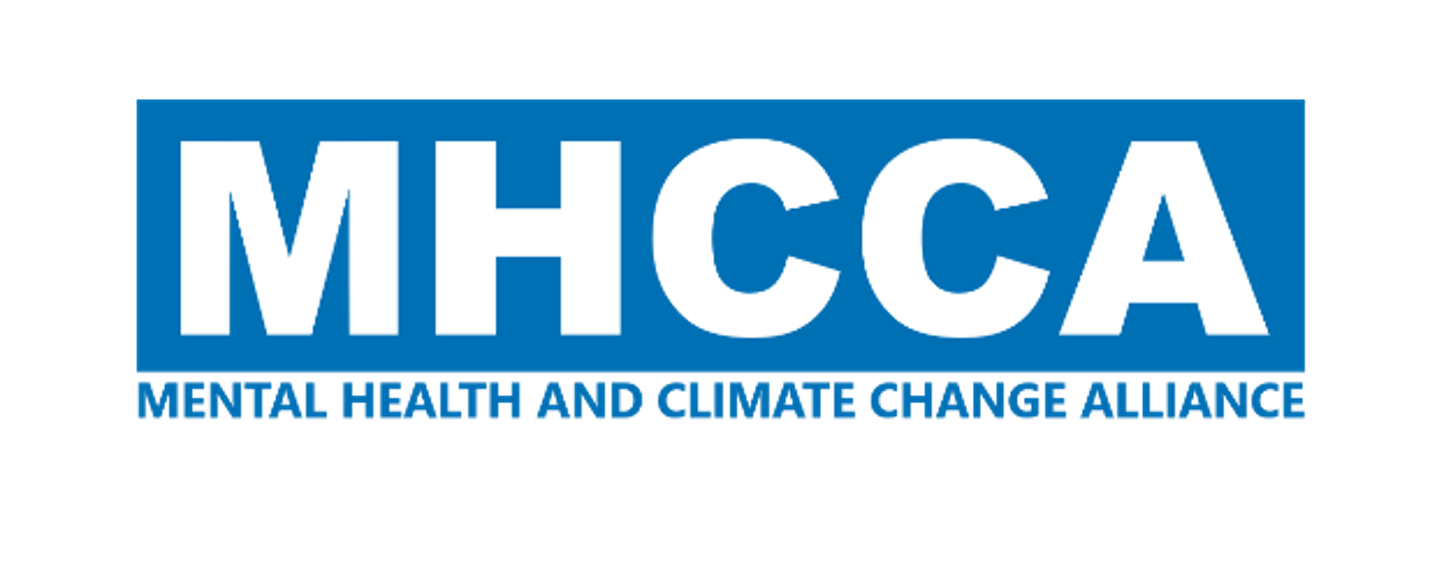
Visual Notetaking
Visual Notetaking transforms discussions into dynamic, visually engaging summaries suitable for any group size. With a skilled visual note taker equipped with colored markers and a large whiteboard or paper roll, participants dive into the session knowing their ideas and insights will be captured in real-time. Throughout the meeting, the note taker translates spoken words into drawings, diagrams, and keywords, creating a visual narrative that mirrors the discussion's flow and highlights key points. At the end of the session, participants review the visual notes, providing feedback and clarifications as needed. Digitalizing the notes afterward allows for easy distribution to all participants, serving as a valuable summary and reference for future discussions or reporting. This method is particularly effective for meetings discussing complex ideas, workshops generating new insights, or strategic sessions making important decisions.
Steps:
Setup and Preparation:
Designate a skilled visual note taker for the session. This person should be proficient in real-time illustration and capable of synthesizing spoken information into clear, engaging visuals.
Equip the note taker with all necessary materials and a space where they can work without obstructing the view for participants.
Introduction to Visual Notetaking:
At the beginning of the session, introduce the concept of visual notetaking to the group, explaining how it will help capture the discussion's key points, decisions, and ideas in a visually engaging way.
Highlight that this method will aid in understanding and revisiting the content discussed.
Note Taking During the Meeting:
Throughout the meeting or workshop, the visual note taker listens and translates the discussion into a mix of drawings, diagrams, and keywords. This might include capturing key phrases, illustrating concepts with icons, or drawing connections between ideas.
Encourage the note taker to use a layout that helps group related ideas or create a visual flow that mirrors the meeting’s dynamics.
Review and Feedback:
At the end of the session, allow time for participants to review the visual notes. This can help clarify any misunderstandings and reinforce the meeting’s outcomes.
Invite participants to provide feedback or add anything that might have been missed or needs emphasis.
Distribution and Use:
Following the meeting, digitalize the visual notes if necessary, and distribute them to all participants as a summary of the session.
Discuss how these visual notes can be used further, such as for reporting to stakeholders, promoting the project or organization, or as a reference in future discussions.
Duration:
Duration of the meeting or workshop (typically 1-2 hours)
Group Size:
Suitable for any group size.
Materials/Resources Needed:
Large whiteboard or paper roll mounted on a wall
A variety of colored markers
Optional: Digital tools like a tablet or digital drawing pad if the notes are to be shared digitally
Accessibility Considerations:
Ensure that the visual notes are created in a place where all participants can see them easily.
Consider creating a digital version of the notes that can be shared and accessed by all participants after the meeting, including those with visual impairments (e.g., tagged PDFs).
Tips/Pointers:
Ensure the visual note taker is positioned so they have a good view and can hear all speakers clearly.
Regularly integrate visual notetaking in meetings to create a rich archive of visually documented discussions that can enhance organizational memory and learning.
Works well for Meetings where complex ideas are discussed, workshops aimed at generating new ideas, and strategic sessions where decisions are made.
The quality of the visual notes significantly depends on the skill of the note taker, so it may be beneficial to provide training or select someone with appropriate artistic and summarization skills.
